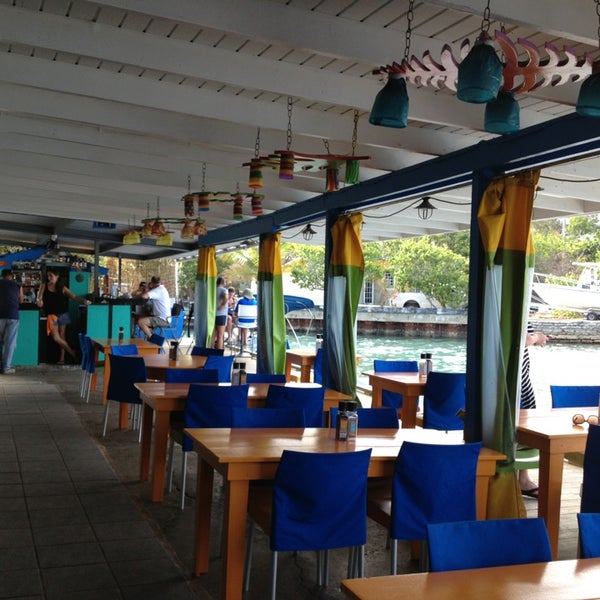
This makes it the deadliest named Atlantic hurricane of the 21st century to date. They had live music, great food, electricity and Wi-Fi.

The dinghy dock had a steady stream of boats and patrons all day. Maria was the deadliest hurricane in Dominica since the 1834 Padre Ruíz hurricane and the deadliest in Puerto Rico since the 1899 San Ciriaco hurricane. Dinghy Dock, Culebra, Puerto Rico We drove our dinghy up the canal to see how our friends at Mamacitas Guest House & Restaurant had fared. The total death toll is 3,059: an estimated 2,975 in Puerto Rico, 65 in Dominica, 5 in the Dominican Republic, 4 in Guadeloupe, 4 in the contiguous United States, 3 in the United States Virgin Islands, and 3 in Haiti. Maria also landed in the northeast Caribbean during relief efforts from another Category 5 hurricane, Irma, which crossed the region two weeks prior. The storm caused the worst electrical blackout in US history, which persisted for several months. Puerto Rico suffered catastrophic damage and a major humanitarian crisis most of the island's population suffered from flooding and a lack of resources, compounded by a slow relief process.

The neighboring islands of Guadeloupe and Martinique endured widespread flooding, damaged roofs, and uprooted trees. Maria brought catastrophic devastation to the entirety of Dominica, destroying housing stock and infrastructure beyond repair, and practically eradicating the island's lush vegetation. the dock master at the marina, said our boat was dry inside and did not. Passing north of The Bahamas, Maria gradually degraded and weakened, swinging eastward over the open Atlantic and dissipating by October 2. The first was the bad news, the boat next to ours demasted in hurricane Maria. On September 20, an eyewall replacement cycle weakened Maria to a high-end Category 4 hurricane by the time it struck Puerto Rico. After crossing the island, Maria achieved its peak intensity with maximum sustained winds of 175 mph (282 km/h) and a pressure of 908 mbar (hPa 26.81 inHg).

Damage to critical infrastructure resulted in cascading failures of the lifeline systems of energy, transportation, communications, water supply, and wastewater treatment and impeded response operations. Maria became a tropical storm on September 16 east of the Lesser Antilles and rapidly intensified to Category 5 strength just before making landfall on Dominica on September 18. 100 95 43 inoperable 40,000 landslides 97 impassable The effects of the 2017 hurricane season were widespread and catastrophic.


 0 kommentar(er)
0 kommentar(er)
